This fish doesn’t just kill—it electrocutes and poisons for good measure.
Buried beneath the sand with eyes on top of its head, the stargazer waits like a trap. One wrong move from a passing fish, and it’s lights out—literally.
Armed with venomous spines and the ability to generate electric shocks, the stargazer is the underwater equivalent of a horror movie villain. Silent, sneaky, and always watching.
It’s weird. It’s deadly. And it’s one of the most bizarre predators in the ocean.
Let’s dive into ten facts about the stargazer that will make you rethink what “fishy” really means.
Fact 1: Electric Organ
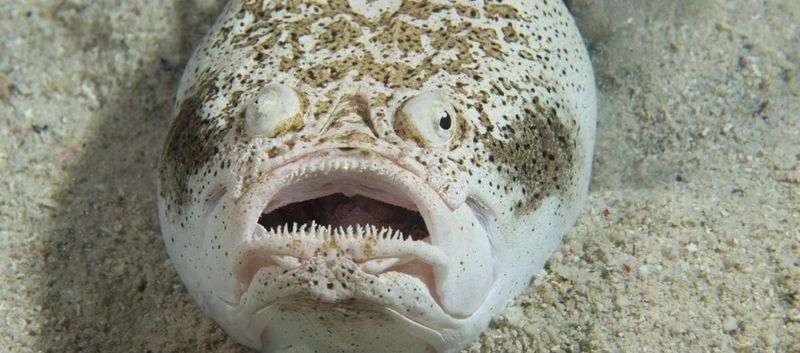
Nestled beneath the sand, the stargazer fish possesses a hidden surprise. Its electric organ, a marvel of evolution, allows it to generate electric shocks, stunning prey and warding off potential threats.
Imagine a creature that can not only bite but also zap! The organ is located on its head, and this unique adaptation adds a layer of defense.
When danger approaches, the stargazer has more than just its bite to rely on. These electric shocks can vary in intensity, allowing the stargazer to control its power depending on the situation.
Fact 2: Venomous Spines
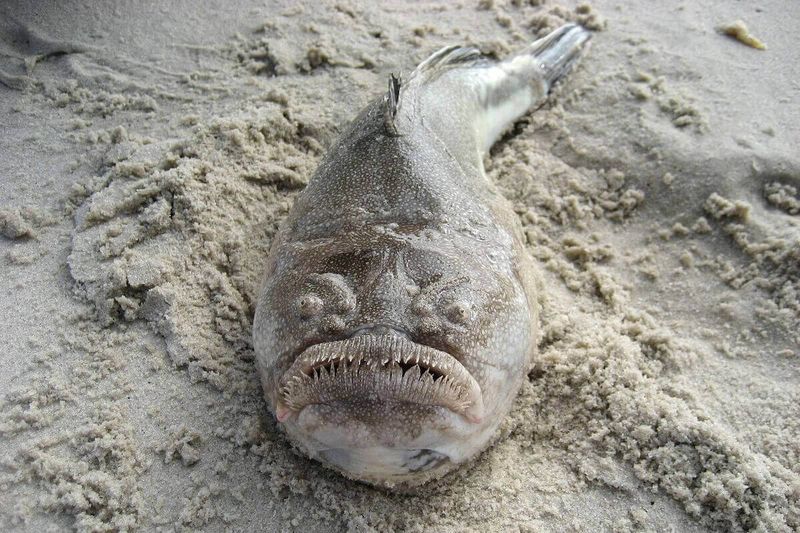
With spines like those of a sea warrior, the stargazer is not to be taken lightly. These venomous spines, located just above its pectoral fins, serve as a formidable defense mechanism.
The venom can cause serious pain and swelling. Imagine swimming close to the seabed, unaware of the lurking danger below. The stargazer uses its venomous arsenal to protect itself from predators.
It’s a creature armed with both electrical and chemical defenses, a true testament to its survival skills in the wild. The seafloor is its battleground.
Fact 3: Ambush Predator
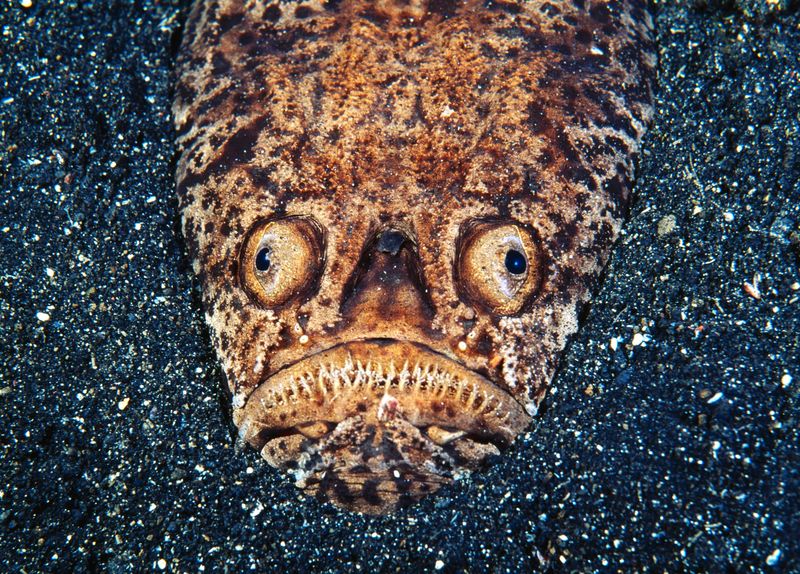
The stargazer is a master of disguise, perfectly camouflaged against the sandy ocean floor. With eyes and mouth positioned upwards, it watches and waits for unsuspecting prey.
It’s a stealthy hunter, relying on patience and precision. The stargazer’s technique is simple yet effective. By burying itself beneath the sand, it becomes an invisible predator, striking with lightning speed.
Its ambush strategy is one of the most efficient in the marine world, making it a formidable hunter. The element of surprise is its greatest weapon.
Fact 4: Unusual Appearance

At first glance, the stargazer might look like a creature from a science fiction tale. Its eyes and mouth are unusually positioned on top of its head, giving it a distinct appearance.
This adaptation allows it to blend seamlessly with the ocean floor. Picture an alien-like fish peering from beneath the sand, waiting for its next meal.
Despite its odd looks, this design is incredibly practical for an ambush predator. Its unique features are not just for show but serve a vital function in its hunting strategy. It’s nature’s quirky design.
Fact 5: Habitat and Range
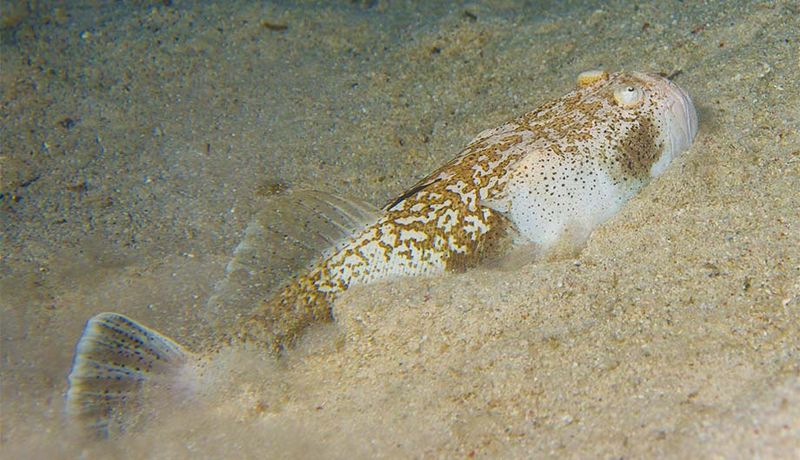
The stargazer calls the sandy bottoms of tropical and subtropical waters its home. These regions offer the perfect environment for its ambush-style hunting.
From the warm waters of the Atlantic to the Indo-Pacific, its range is impressive. Imagine the vast ocean floors where this stealthy predator prowls. Its choice of habitat is no accident.
The sandy seabed provides ample cover for the stargazer to hide and wait for its prey. It’s a testament to how well-adapted it is to its environment, thriving in both shallow and deep waters.
Fact 6: Feeding Habits
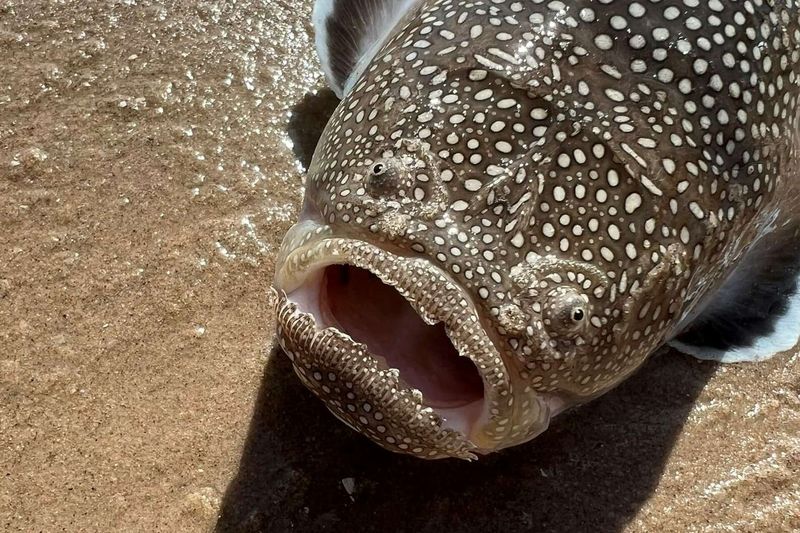
With a sudden burst of energy, the stargazer captures its prey with unmatched efficiency. Its diet mainly consists of small fish and invertebrates.
This fish is not just a passive ambush predator; it can actively hunt when necessary. Picture a swift strike, pulling in its prey with a powerful suction. The stargazer’s ability to wait patiently and then attack with such force is impressive.
Its feeding habits are a blend of patience and aggression, showcasing its adaptability. In the world of marine predators, the stargazer is a master tactician.
Fact 7: Breathing Mechanism
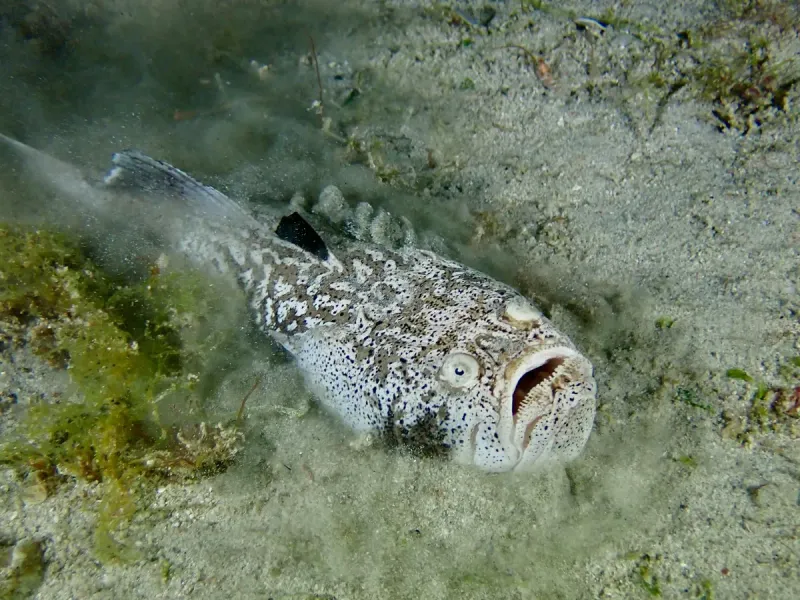
Unlike many fish, the stargazer has a fascinating breathing adaptation. Its unique ability to breathe while buried in the sand sets it apart. This adaptation is crucial for its ambush lifestyle.
Gills positioned on top allow it to respire without revealing its presence. Imagine lying in wait, completely hidden yet fully functional. This feature ensures the stargazer remains oxygenated, ready to strike at any moment.
It’s a remarkable example of nature’s engineering, allowing the stargazer to maintain its stealthy existence without compromise.
Fact 8: Reproduction and Lifecycle
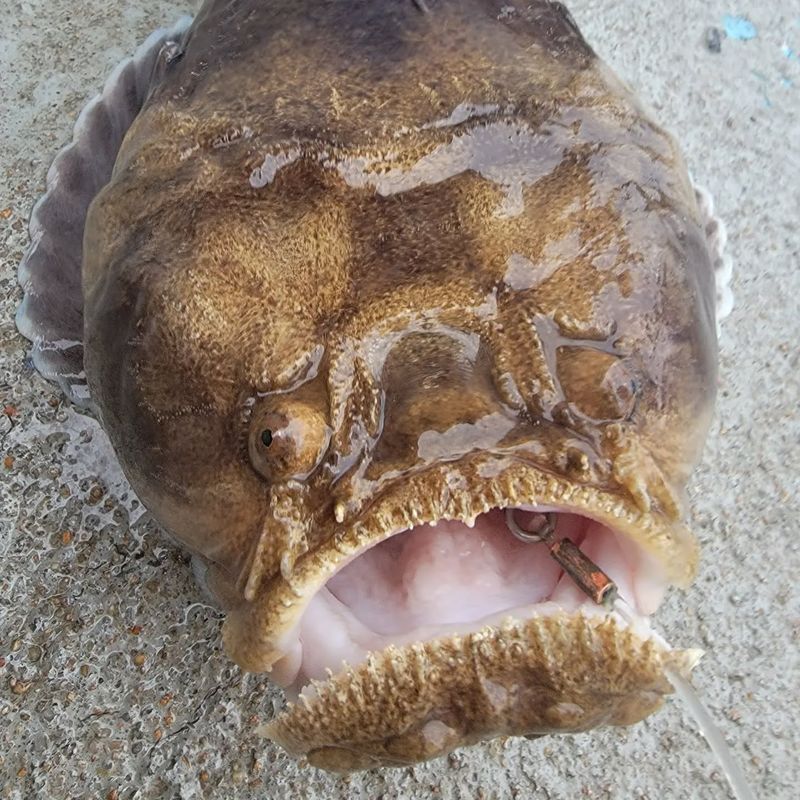
The lifecycle of the stargazer is as intriguing as its hunting methods. During breeding season, females lay eggs in sheltered areas of the seabed.
The young are left to fend for themselves, learning survival skills early. It’s a harsh start for the offspring, but nature has equipped them well. As they grow, these young fish develop the necessary traits for ambush predation.
The cycle of life for the stargazer is a continuous journey of growth and adaptation. From egg to adult, each stage is a testament to their resilience.
Fact 9: Interaction with Humans

For those who dive, encountering a stargazer can be a thrilling experience. However, caution is advised due to its venomous spines and electric organ.
Many divers are fascinated by this enigmatic creature, often photographing it from a safe distance. Its ability to remain hidden until the last moment adds to the excitement of a sighting. While not aggressive, the stargazer can defend itself if threatened.
This interaction showcases the balance between human curiosity and respect for marine life, a reminder of the ocean’s wonders and dangers.
Fact 10: Cultural References
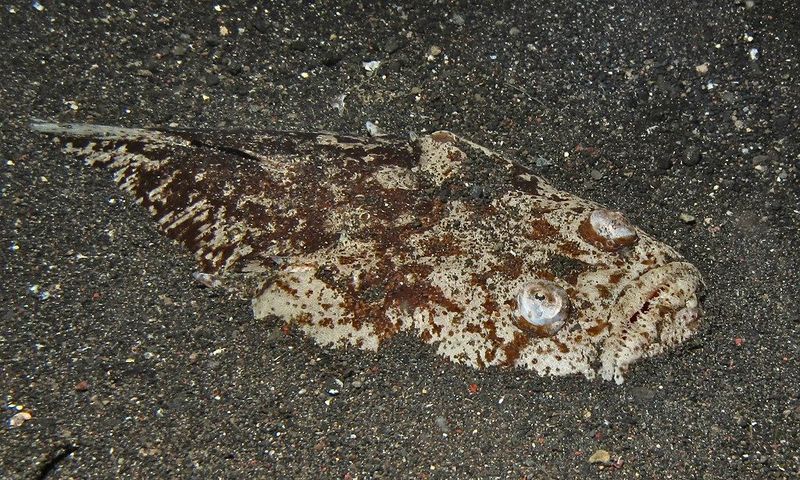
In some cultures, the stargazer holds a place in folklore and art. Its unique appearance and abilities have inspired myths and stories.
Some coastal communities regard it as a symbol of mystery and stealth. Imagine ancient tales of a fish that can see the stars and strike with electricity. This fish has captured the imagination of those who live by the sea. Its presence in cultural lore is a testament to its impact on human societies.
The stargazer is not just a predator, but a creature that transcends biology to become a part of culture.

